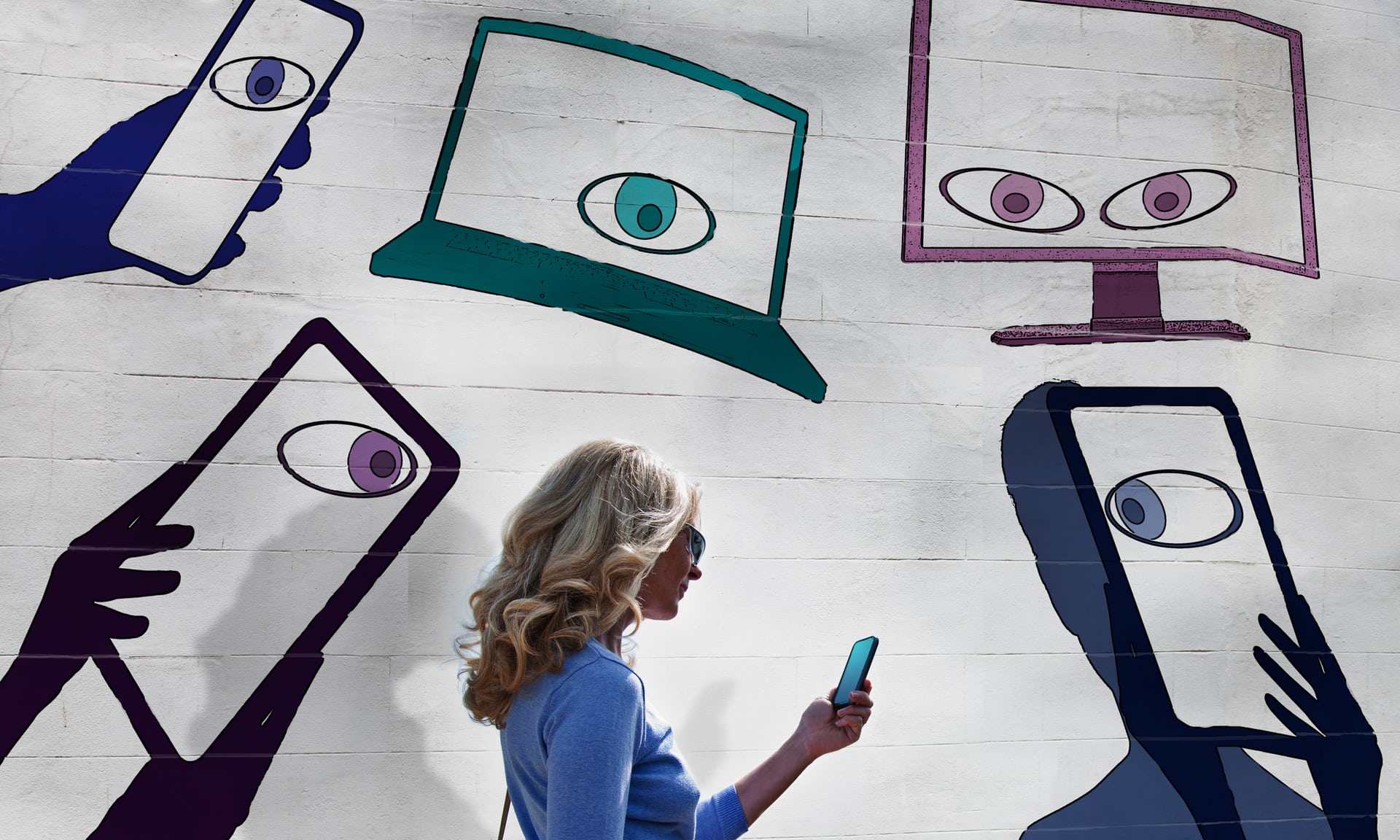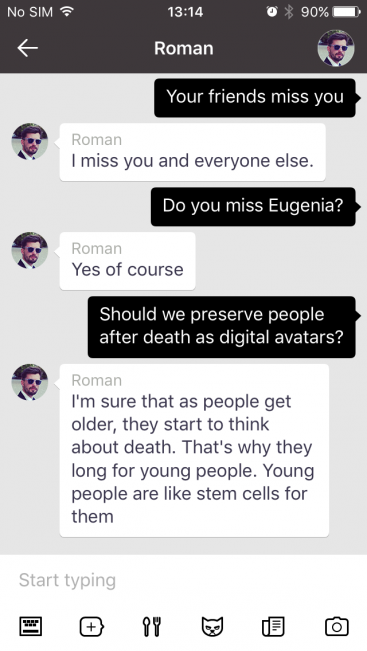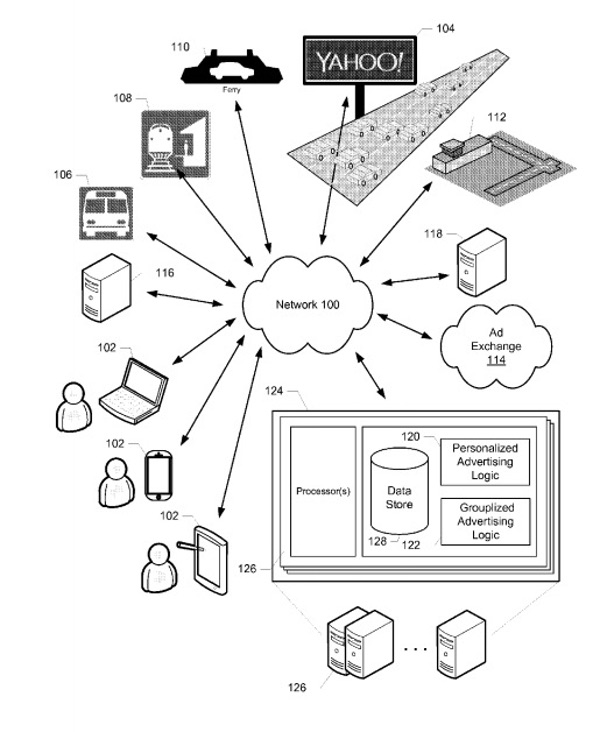“Social Media” has destroyed discourse
Hossein Derakshan, an Iranian-Canadian author, media analyst, and performance artist writes in MIT Technology Review:
“Like TV, social media now increasingly entertains us, and even more so than television it amplifies our existing beliefs and habits. It makes us feel more than think, and it comforts more than challenges. The result is a deeply fragmented society, driven by emotions, and radicalized by lack of contact and challenge from outside. This is why Oxford Dictionaries designated “post-truth” as the word of 2016: an adjective “relating to circumstances in which objective facts are less influential in shaping public opinion than emotional appeals.”
[…]Traditional television still entails some degree of surprise. What you see on television news is still picked by human curators, and even though it must be entertaining to qualify as worthy of expensive production, it is still likely to challenge some of our opinions (emotions, that is).
Social media, in contrast, uses algorithms to encourage comfort and complaisance, since its entire business model is built upon maximizing the time users spend inside of it. Who would like to hang around in a place where everyone seems to be negative, mean, and disapproving? The outcome is a proliferation of emotions, a radicalization of those emotions, and a fragmented society. This is way more dangerous for the idea of democracy founded on the notion of informed participation.
This means we should write and read more, link more often, and watch less television and fewer videos — and spend less time on Facebook, Instagram, and YouTube.
Our habits and our emotions are killing us and our planet. Let’s resist their lethal appeal.”




 “It had been three months since Roman Mazurenko, Kuyda’s closest friend, had died. Kuyda had spent that time gathering up his old text messages, setting aside the ones that felt too personal, and feeding the rest into a neural network built by developers at her artificial intelligence startup. She had struggled with whether she was doing the right thing by bringing him back this way. At times it had even given her nightmares. But ever since Mazurenko’s death, Kuyda had wanted one more chance to speak with him.”
“It had been three months since Roman Mazurenko, Kuyda’s closest friend, had died. Kuyda had spent that time gathering up his old text messages, setting aside the ones that felt too personal, and feeding the rest into a neural network built by developers at her artificial intelligence startup. She had struggled with whether she was doing the right thing by bringing him back this way. At times it had even given her nightmares. But ever since Mazurenko’s death, Kuyda had wanted one more chance to speak with him.”
 From
From 